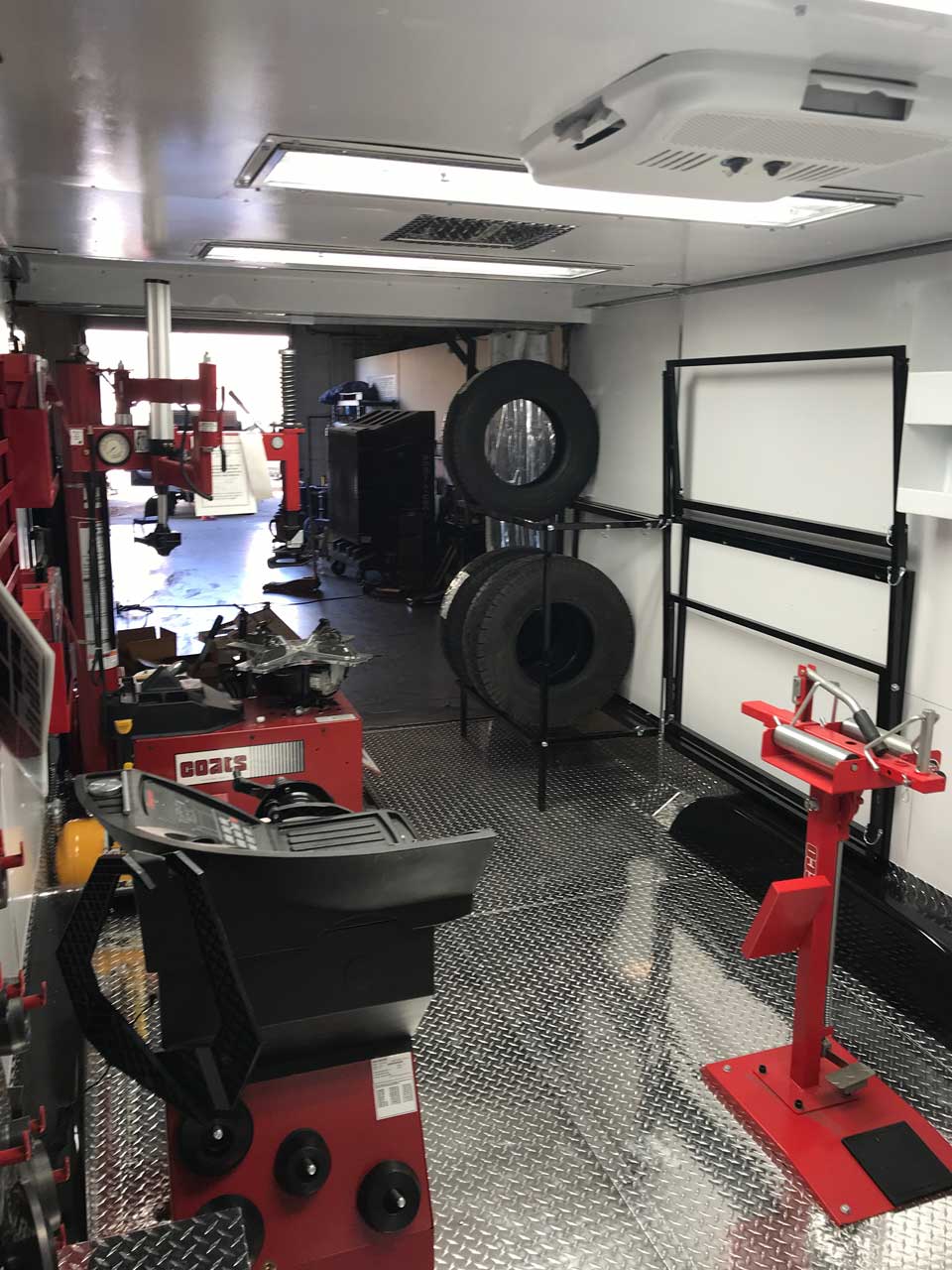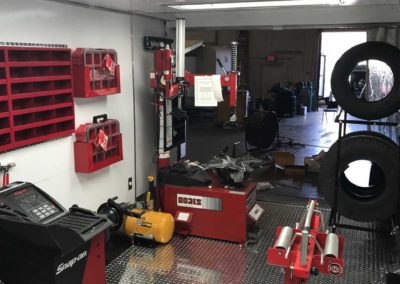Tire Solution: Proven Methods for Optimum Tire Maintenance and Treatment
Preserving optimum tire condition is paramount for both security and performance of any type of vehicle. From making certain appropriate tire stress to regular turning and alignment, there are tested methods that can substantially extend the life expectancy of your tires and enhance general driving experience. As we discover the complexities of tire treatment and maintenance, we will certainly uncover vital guidelines that every car proprietor ought to comply with for the finest feasible results. Allow's look into the globe of tire service and find the secrets to maintaining your tires in top-notch form for the lengthy haul.
Value of Tire Stress
Adequate tire pressure advertises better fuel performance, as under-inflated tires can lead to enhanced rolling resistance, triggering the engine to function more difficult and eat more fuel. Right tire stress ensures even step wear, enhancing tire longevity and conserving cash in the lengthy run by postponing the need for premature replacements. Consistently changing and examining tire pressure, especially previously long trips, is a straightforward yet effective way to improve automobile efficiency, expand tire life-span, and prioritize safety on the road.
Tire Rotation Guidelines
When thinking about tire turning standards, it is important to understand the importance of this maintenance task in optimizing tire life-span and keeping optimum lorry efficiency. Tire turning entails transforming the placement of each tire on an automobile to make certain also walk wear. Front tires have a tendency to use a lot more swiftly than rear tires because of steering forces, making normal turning critical for well balanced wear patterns. The suggested rotation pattern varies depending on whether a lorry is front-wheel, rear-wheel, all-wheel, or 4x4. Commonly, tires need to be turned every 5,000 to 7,500 miles, or as suggested in the automobile handbook. Overlooking tire rotation can bring about irregular wear, impacting handling, traction, and potentially compromising lorry security. By sticking to appropriate rotation standards, motorists can extend the life of their tires, improve gas effectiveness, and enhance total driving experience. Routine rotation is a simple yet reliable maintenance technique that adds considerably to tire longevity and lorry performance.

Advantages of Wheel Alignment
Ensuring appropriate wheel placement after tire rotation is important for keeping balanced wear patterns and optimizing lorry performance. Wheel positioning describes the change of the angles of the wheels to the manufacturer's specifications. One of the crucial advantages of wheel alignment is improved dealing with and guiding response. When the wheels are correctly lined up, it minimizes guiding initiative, making certain a smoother and more controlled driving experience. see this site Additionally, appropriate wheel positioning assists to prolong the life expectancy of your tires. Misaligned wheels can trigger irregular tire wear, bring about early tire substitute and raised upkeep prices.

Tire Tread Deepness Inspect
Carrying out a regular inspection of tire step deepness is important for maintaining secure driving problems and extending the lifespan of your tires. Irregular walk wear can indicate issues with tire stress, positioning, or suspension, highlighting the significance of regular step depth checks. By including tire walk depth checks into your routine upkeep schedule, you can drive with self-confidence understanding that your tires are in leading problem.
Seasonal Tire Evaluation
A comprehensive evaluation of tire condition customized to specific climate conditions is crucial for keeping optimal efficiency and safety throughout the year. Seasonal tire examination is an essential facet of tire maintenance that makes certain tires prepare to face the difficulties posed by various weather. To prepare for winter, it is important to examine the tire pressure frequently as chilly temperatures can trigger tire stress to go down. Examining tire walk deepness is likewise essential to ensure sufficient grip on snow and frozen roads. Furthermore, inspecting for signs of wear and tear, such as bulges or fractures, can aid avoid prospective tire failings. As the periods change, it is very important to analyze tire visit homepage condition and make any needed changes to guarantee safe driving. By conducting routine seasonal tire assessments, drivers can prolong tire lifespan, enhance fuel efficiency, and most importantly, guarantee a safe driving experience in differing climate conditions - Mobile Tire Repair Las Vegas.
Final Thought
Finally, maintaining proper tire stress, my response turning tires frequently, aligning wheels appropriately, monitoring step depth, and conducting seasonal inspections are crucial methods for ideal tire care. By adhering to these shown approaches, chauffeurs can guarantee their tires last much longer, perform much better, and contribute to total car security. It is necessary to prioritize tire upkeep to stop accidents, enhance gas effectiveness, and lengthen the lifespan of tires.
Ample tire pressure promotes far better gas effectiveness, as under-inflated tires can lead to boosted rolling resistance, causing the engine to work tougher and consume more gas.When considering tire rotation standards, it is crucial to understand the value of this upkeep job in optimizing tire life-span and maintaining optimal automobile efficiency. Seasonal tire examination is a fundamental aspect of tire maintenance that makes sure tires are all set to encounter the challenges posed by different weather conditions. By carrying out routine seasonal tire assessments, vehicle drivers can lengthen tire lifespan, enhance fuel efficiency, and most importantly, guarantee a protected driving experience in varying weather condition conditions.
In final thought, preserving appropriate tire pressure, turning tires consistently, aligning wheels correctly, keeping track of walk depth, and conducting seasonal inspections are important practices for optimal tire treatment.